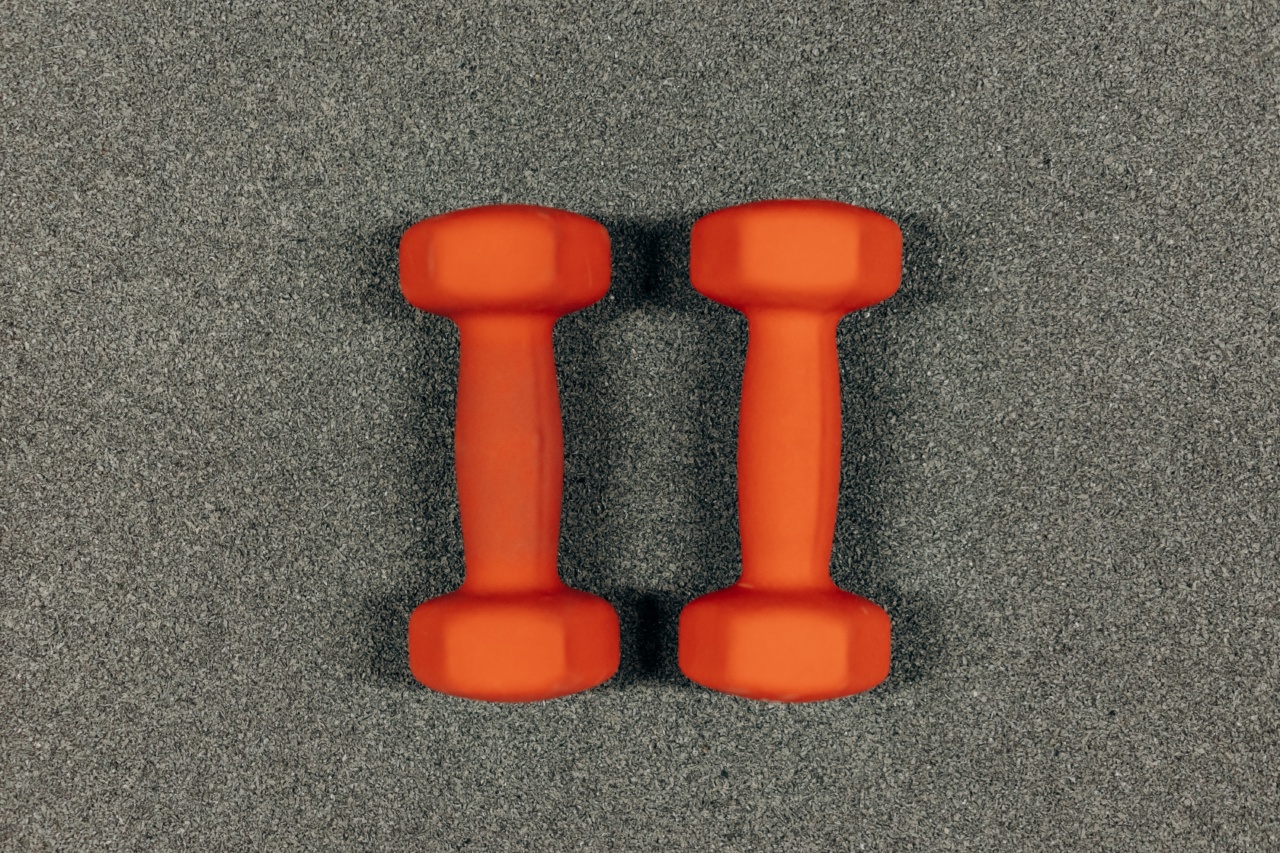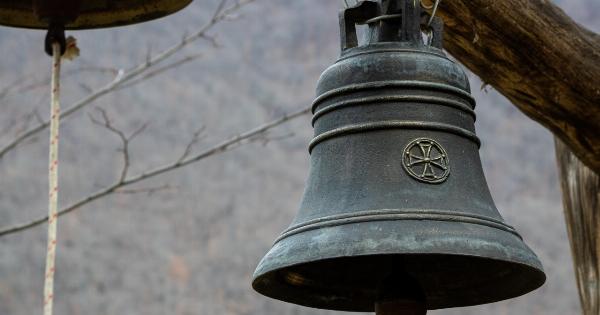Iron is a critical nutrient that helps keep our bodies functioning at their best. It helps transport oxygen throughout the body, aids in energy production, and supports the immune system.
Unfortunately, many people struggle to get enough iron in their diets, which can lead to iron-deficiency anemia and a host of other health problems.
While it’s important to make sure you’re getting enough iron in your diet, it’s also essential to understand how to maximize your body’s ability to absorb and utilize this nutrient.
One way to do this is through the power of pairing. By combining certain foods, you can enhance your body’s iron absorption and ensure you’re getting the most from your diet.
The Science of Iron Absorption
Before diving into which foods pair best with iron for maximum absorption, it’s important to understand how iron absorption works. Iron comes in two forms: heme iron and non-heme iron.
Heme iron is found in animal-based foods, such as beef, pork, and poultry. Non-heme iron is found in plant-based foods, such as leafy greens, nuts, and legumes.
Heme iron is more easily absorbed by the body than non-heme iron. In fact, the body can absorb up to 30% of the heme iron it ingests, while it only absorbs around 10% of non-heme iron.
However, many people follow plant-based diets or choose to limit their intake of meat, which means they may need to rely on non-heme iron sources to meet their nutrient needs.
The good news is that you can still maximize your body’s non-heme iron absorption by pairing these foods with other nutrients that enhance absorption.
This is because some nutrients can increase the bioavailability of iron, meaning they help your body absorb more of the nutrient.
Pairing for Iron Absorption
So, which foods should you pair with non-heme iron sources to ensure you’re getting the most from your diet? Here are ten top nutrient pairings for enhancing iron absorption:.
1. Vitamin C and Iron
One of the best nutrients to pair with iron is vitamin C. This is because vitamin C can help convert non-heme iron into a form that is more easily absorbed by the body.
Some of the best vitamin C-rich foods to pair with iron include citrus fruits, kiwi, strawberries, papaya, bell peppers, and broccoli.
2. Beta-Carotene and Iron
Beta-carotene is a type of antioxidant that can enhance iron absorption. This nutrient is found in many fruits and vegetables, including carrots, sweet potatoes, pumpkin, mango, and spinach.
3. Vitamin A and Iron
Similar to beta-carotene, vitamin A can boost iron absorption. Foods high in vitamin A include liver, sweet potatoes, carrots, and spinach.
4. Vitamin E and Iron
Vitamin E is an important antioxidant that can help increase the bioavailability of iron. Some of the top foods high in vitamin E include nuts, seeds, and vegetable oils.
5. Vitamin B12 and Iron
Vitamin B12 is found primarily in animal-based foods, but it can enhance iron absorption when paired with non-heme iron sources. This is because vitamin B12 helps create a favorable environment in the stomach for iron absorption.
6. Folate and Iron
Folate is a type of B vitamin that can help increase iron absorption. This nutrient is found in leafy greens, legumes, and fortified cereals.
7. Copper and Iron
Copper is a trace mineral that can help enhance iron absorption. Some of the top foods high in copper include shellfish, nuts, seeds, and whole grains.
8. Meat and Iron
While non-heme iron sources can be more difficult for the body to absorb, pairing them with meat can help increase absorption. This is because meat contains heme iron, which enhances the bioavailability of non-heme iron.
9. Acidic Foods and Iron
Acidic foods, such as tomatoes, vinegar, and citrus fruits, can help increase iron absorption by creating an acidic environment in the stomach. This environment helps convert non-heme iron into a more easily absorbable form.
10. Fermented Foods and Iron
Fermented foods, such as kimchi and sauerkraut, can also enhance iron absorption. This is because the fermentation process can increase the bioavailability of iron in plant-based foods.
Putting it All Together
Now that you know which nutrients to pair with non-heme iron sources, you can start incorporating these foods into your meals to maximize your iron absorption.
For example, try pairing spinach (a non-heme iron source) with strawberries (a vitamin C-rich food) for a delicious and nutritious salad. Or, pair lentils (a non-heme iron source) with beef (a heme iron source) for a hearty and iron-rich soup.
Remember, while getting enough iron in your diet is important, it’s equally essential to ensure your body can absorb and utilize this nutrient.
By pairing non-heme iron sources with other nutrients that enhance absorption, you can support your body’s iron needs and feel your best.






























